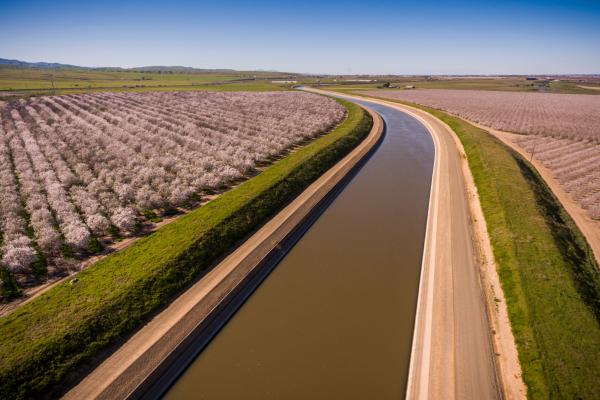Ohio State-Led Study Projects Intensifying Droughts and Rainfall Extremes Across North America

Researchers from The Ohio State University, led by former Byrd Polar and Climate Research Center member Kyungmin Sung, now a research fellow at the Korea Environment Institute, have conducted a groundbreaking study examining how droughts and extreme rainfall events are expected to intensify across various regions of North America.
The study, published in Geophysical Research Letters earlier this month, Included Byrd Center Principal Investigator and Assistant Professor James Stagge, as senior author along with co-author Professor Gil Bohrer, both from Ohio State’s Department of Civil, Environmental, and Geodetic Engineering. It traces precipitation patterns across the continent, spanning from the year 850 to projections extending into 2100.
One of the study’s key findings is the stark contrast in future climate patterns between the American Southwest and Mexico, and the Northeastern United States. The Southwest is projected to face increasingly severe year-round drought conditions, while the Northeast, including Ohio, is expected to experience more intense and frequent wet seasons, particularly during the winter and early spring months.
The study also highlights the central regions of the U.S. for their anticipated climate instability, marked by dramatic shifts between prolonged dry periods and heavy rainfall. This variability presents a significant challenge for water resource management, as engineers and planners will need to adapt to increasingly unpredictable extremes in both drought and pluvial conditions.
The researchers employed a comprehensive approach, using two modern compilations of precipitation observations, historical data inferred from tree rings, and projections from two climate models. This allowed them to compare climate changes over the past 20 years with pre-industrial patterns. The findings show that the scale of change in the last century far surpasses the variability observed in the previous 700 years, pointing to the influence of rising greenhouse gas emissions.
Moreover, the study suggests that current and future shifts in precipitation patterns will be even more significant than natural climate variability seen in the past. Maps generated from the data confirm the reliability of these changes, illustrating smooth spatial transitions in climate patterns across the continent.
These findings have far-reaching implications for agriculture, urban planning, and water resource management. The central U.S. could face more frequent challenges in maintaining water supplies due to the increased intensity of extreme weather events, with alternating periods of water shortages and surpluses complicating efforts to manage household and agricultural water reservoirs.
This important research contributes to our understanding of climate dynamics and offers valuable insights for future planning and adaptation strategies. It underscores the need for proactive measures to address the evolving climate and mitigate its impacts on communities, the economy, and the environment.
For further details, visit Ohio State News to access the full study.
